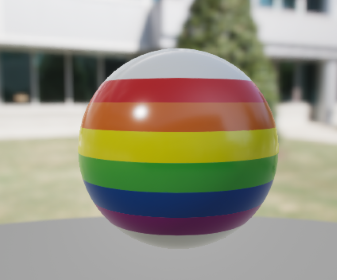Overview
Billgard is developed with the Unreal Engine with Windows as the target. Special mention should be made of the integrated Chaos Physics Engine of the Unreal Engine, of which the physics-based movement makes great use. For the local multiplayer you need standard gamepads, which is also the focus of the development. However, it can also be played very well alone with a mouse and keyboard. An adaptation for other platforms fits into the concept, but is not planned. MULTIPLAYER
In Billgard it is possible to play locally, online and a combination of both. This means that up to 4 players can play on each client and the server itself. However, the total number of balls must not exceed 14.
This limit is restricted for gameplay reasons (size of the map, etc.) and because of the historical proximity to real billiards (7 fulls + 7 halves).
In terms of performance, we were able to support over 30 players in tests. SOFTWARE
Game Engine | Unreal Engine 5.3 | Version Control | Git auf Github | Programming | Jetbrains Rider, C++ | 3D Modelling | Blender | Texturing/2D | Affinity Photo, Krita, Inkscape | Audio Middleware | Audacity, Cubase | Project Management | Codecks | Documentation | Atlassian Confluence | Communiacation | Discord | Unreal Tools | FCTween, Multigard, Utilgard |
| 







